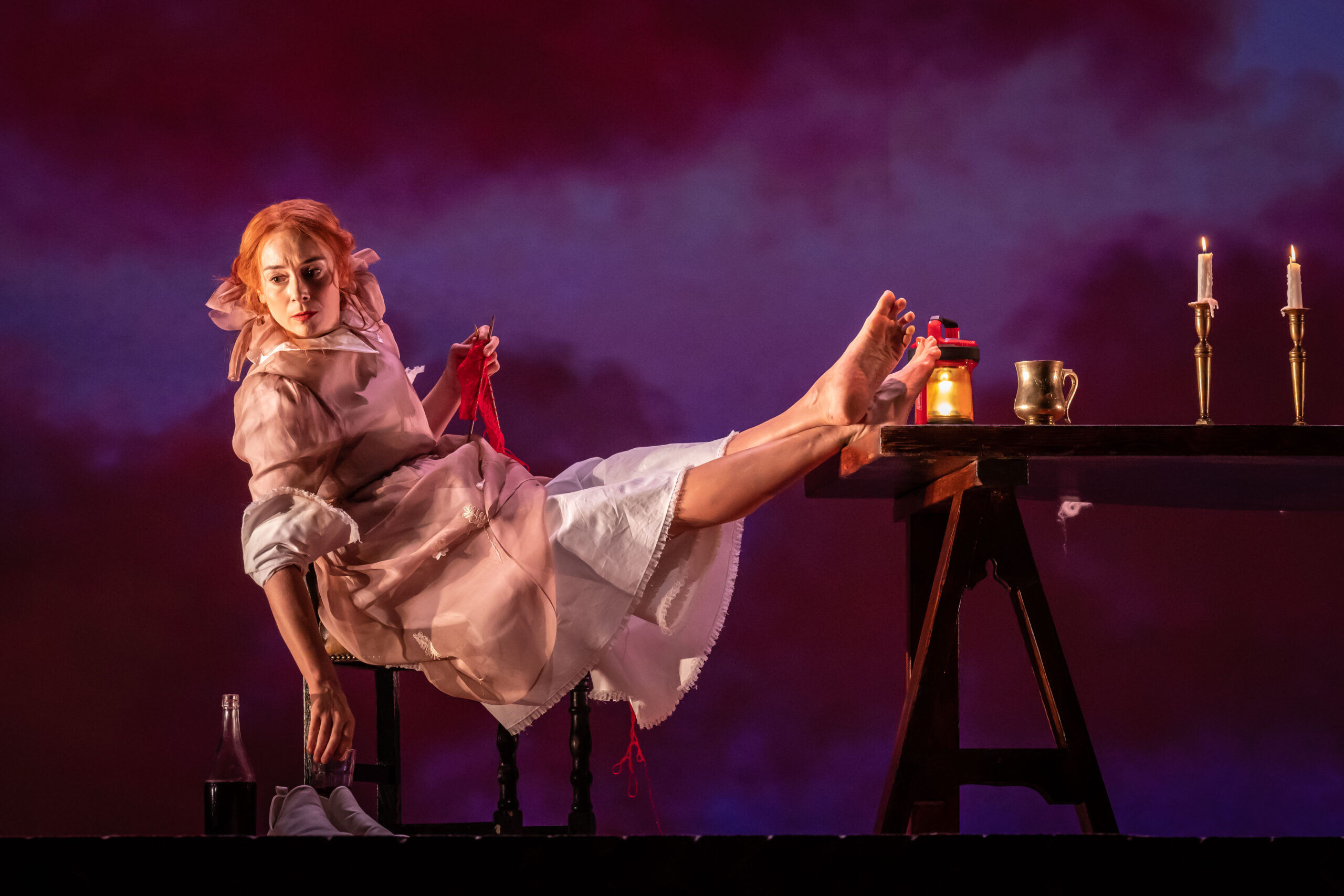Tag: Opera
-

Aldeburgh Festival premieres ‘Violet’ by Tom Coult and Alice Birch
Tom Coult and Alice Birch’s ‘Violet’ opened the 2022 Aldeburgh Festival. The new opera is gripping, bleak, and thought-provoking.
-

Verdi’s Luisa Miller at London Coliseum
ENO’s production of Verdi’s Luisa Miller challenged musical and storytelling assumptions
